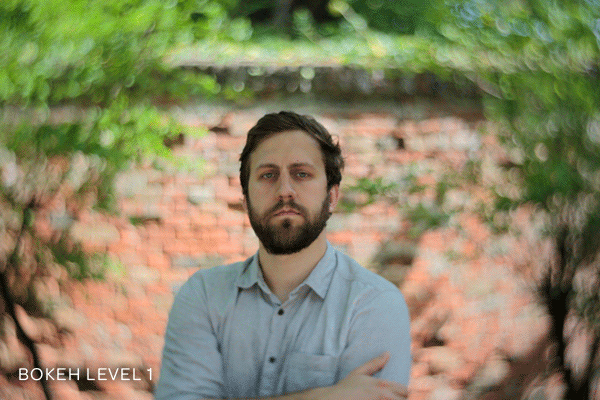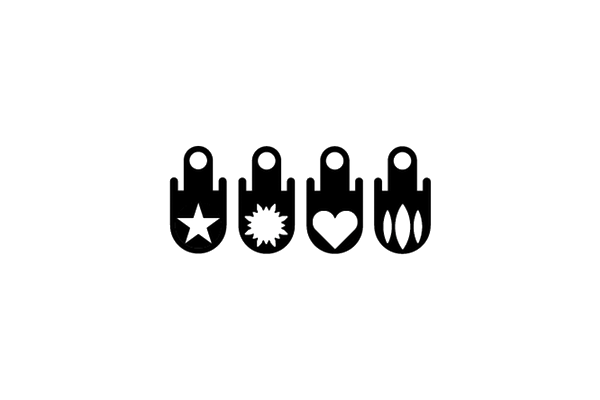
Bokeh Like a Boss

We developed a revolutionary mechanism for the New Petzval 58 that makes it easier than ever to adjust the swirly bokeh effect in your photos. This brand new component is called the Bokeh Control Ring and it gives you complete freedom over the signature Petzval swirly bokeh effect for the first time ever! You can now achieve purely sublime swirl in all kinds of environments and shooting conditions.
The Bokeh Control Ring is located on top of the lens and can be adjusted between levels 1 and 7. Simply by moving this ring, you can change the amount of swirl you get in your New Petzval 58 shots. For a subtle swirly bokeh effect, turn the ring to Level 1. But if you want to achieve a more powerful swirly bokeh effect than you’ve ever known before, turn it to Level 7 and watch the world transform right in front of your eyes.
58mm Focal Length and Maximum f/1.9 Aperture

The New Petzval 58 has a 58mm focal length, which is a much more standard focal length for the innumerable different types of photos we all like to take in our day-to-day lives. And with a maximum aperture of f/1.9, you can enjoy faster shutter speeds and a narrower depth of field. So whatever you decide to shoot, you can relax knowing the New Petzval 58 feels right at home with landscapes, architecture photography, street shooting, cityscapes, portraits, fashion shoots, family photos and everything else you can think of!
Premium Russian Glass in a Beautiful Body

The splendor of the New Petzval 58 extends far beyond the photos it takes. We have worked just as hard on the exterior design of the lens as on the internal optics to deliver a lens which will grab the attention of you and everyone you meet on your photographic adventures. Available in a brass or black finish, every lens is handcrafted by a small, skilled and dedicated team of technicians at the Zenit factory in Russia. The New Petzval 58 lens body is made from brass and the lens elements are constructed from the highest quality Russian glass.
Welcome to the Modern Age

The New Petzval 58 Bokeh Control Art Lens is available with either Canon EF or Nikon F mounts so it works straight off the bat with tons of different analogue and digital cameras. The lens is also compatible with even more cameras (for instance, the Sony A7, Fuji X-Pro 1 and Micro 4/3 Cameras) when you use dedicated adapter mounts. And since it works with loads of different digital cameras, you can shoot stunning videos with the Petzval swirly bokeh effect too. This is especially fun to do when you experiment with the bokeh control settings!
While the New Petzval 58 has been designed with today’s cameras in mind, it also has tradition at its core. Firstly, just like the New Petzval 85mm lens, the New Petzval 58 works using the same Waterhouse aperture system as lenses back in the 19th century did. Secondly, you focus using a gear-rack focusing mechanism which is how photographers shooting nearly 200 years ago would have done it. We love this manual, ‘hands-on’ feeling of shooting with the lens and hope you will too!
The Great Waterhouse Aperture Plates

The Waterhouse aperture system is a unique and easy way to change the aperture on a lens. Simply by switching between different sized aperture plates, you can control the size of your aperture opening. And not only do they add a touch of 19th century charm to your photography, they also allow for even more creative opportunities by using specially designed aperture plates. By inserting a specially shaped aperture plate, like a star for instance, your swirly bokeh will be sprinkled with magical star shapes! What’s more, with a few household materials, you can design your own aperture plates for unlimited creativity.
The New Petzval 58 Bokeh Control Lens comes with the following aperture sizes: f/1.9, f/2.8, f/4, f/5.6, f/8, f/11 and f/16.
A Brief Petzval History Lesson

One of photography’s most under-rated stories, Joseph Petzval is widely considered to be the founder of modern photography. The story of his lens design begins on January 9th, 1839, following the invention of the daguerreotype photographic process. Faced with extremely slow exposure times and rudimentary optical calculations, the race to remedy these shortcomings immediately began. It’s here where Joseph Petzval was made aware of these developments in the field of optics and accepted the challenge of creating an improved lens design.
After about 6 months of strenuously researching and experimenting, Petzval finished the calculations for his first lens in Vienna, Austria, in 1840. Aptly dubbed the Petzval Lens, it had a profound impact on the photographic world and became one of the most widely used optical designs of the 19th century. Not only was it the first lens based on scientific calculation, it was also known as the first fast photographic lens at f/3.6 (faster than any other lens at the time of its release). With it, the field of portrait photography flourished.
